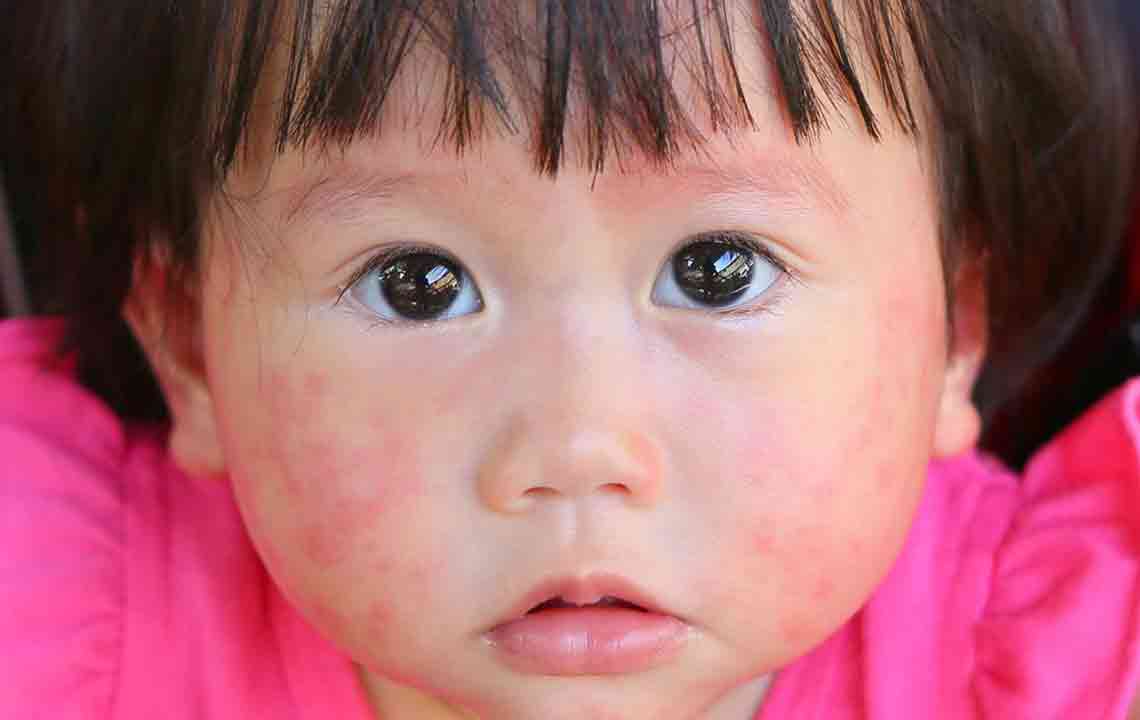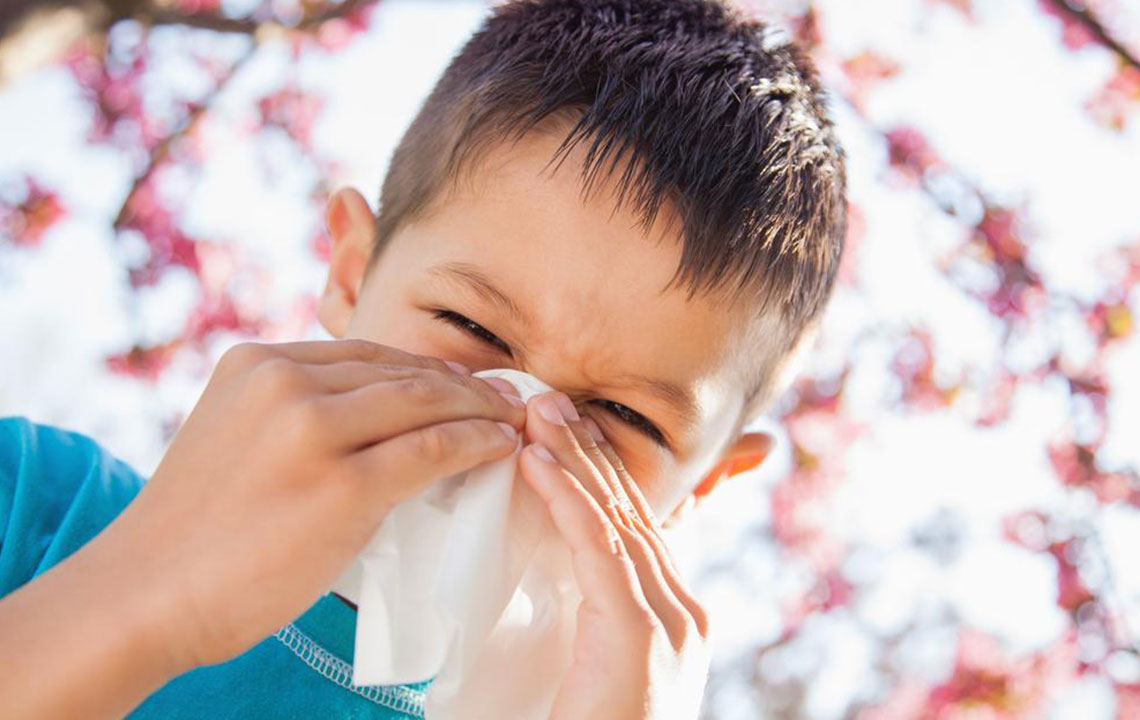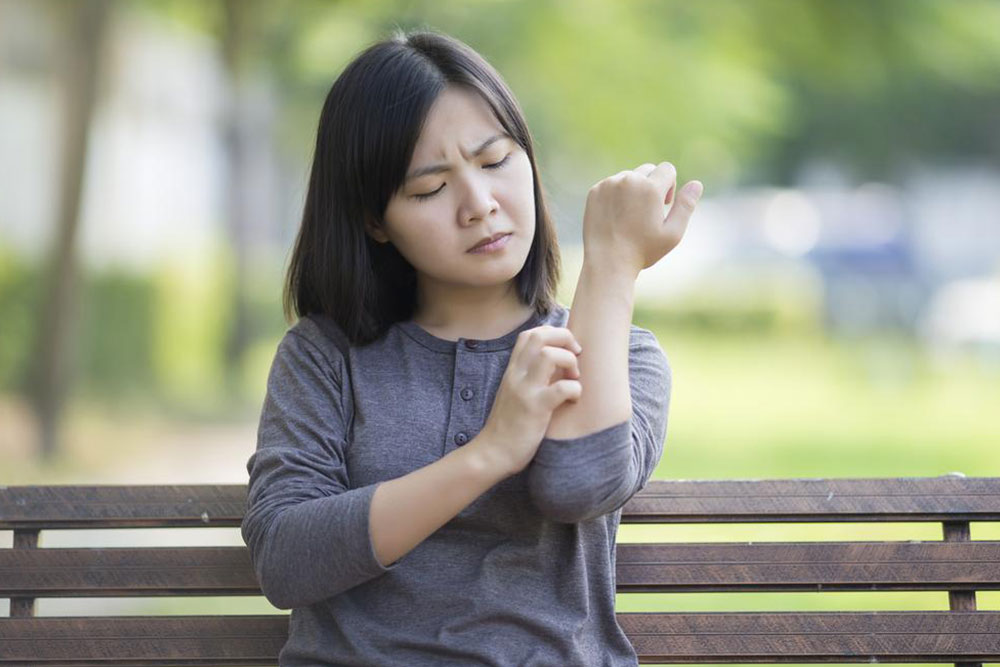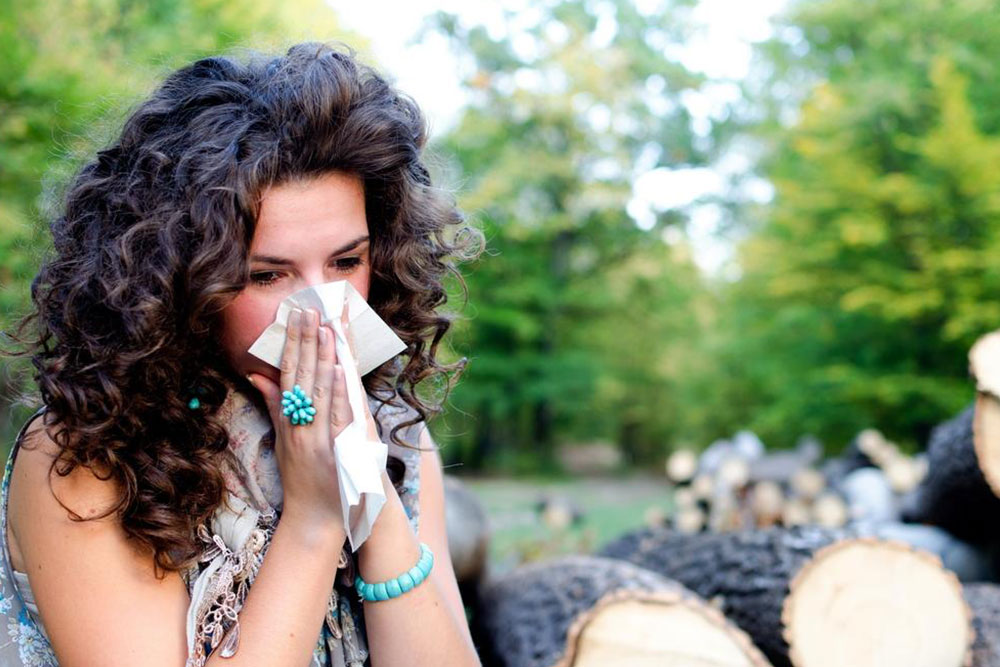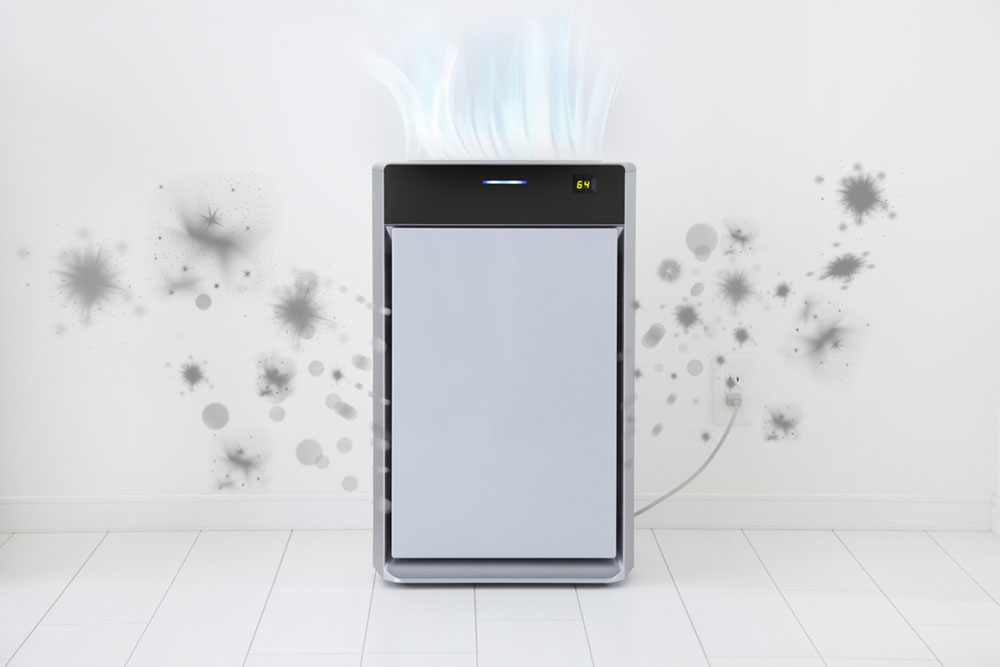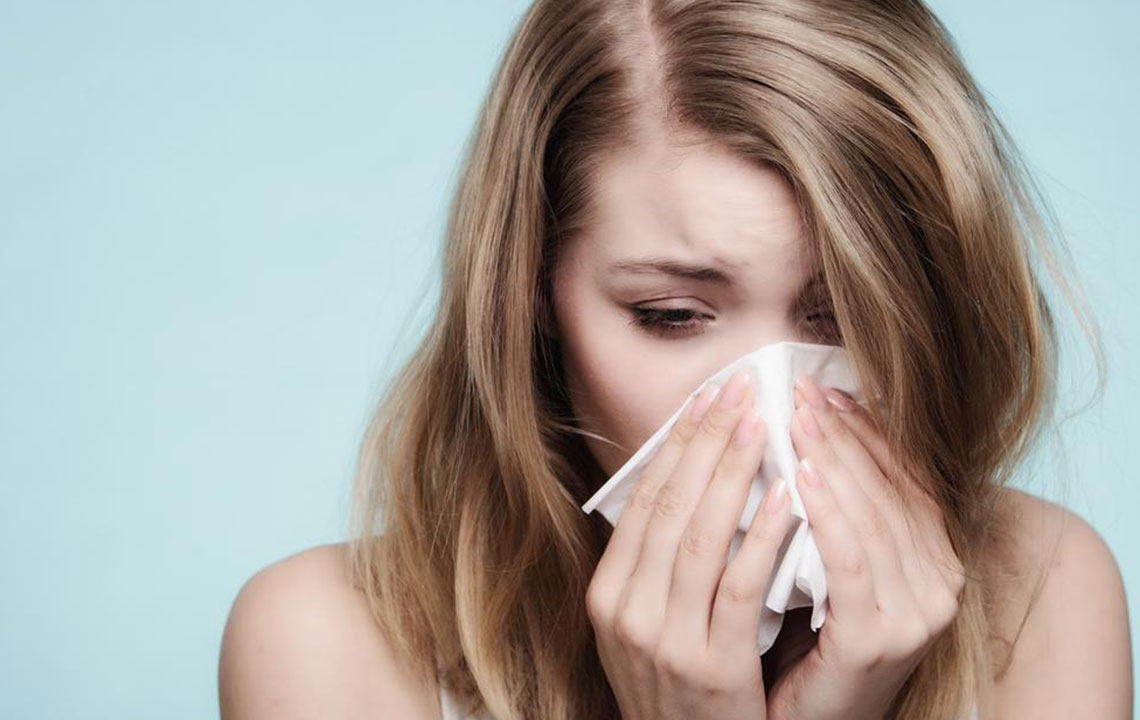Essential Steps to Address Black Mold Exposure and Prevention
Learn effective ways to handle black mold exposure, including natural remedies, professional removal, and prevention tips to keep your home safe and healthy. Early detection and prompt action are key to avoiding health risks associated with mold spores.

Managing Black Mold Exposure and Protecting Your Home
Black mold, often seen as stubborn dark patches on damp walls or carpets after rain, is a type of fungi thriving in moist environments. Commonly found on damp drywall, carpets, or inside showers, mold infestation is almost unavoidable in homes. When you come into contact with mold spores in the air, it can trigger allergic reactions or respiratory issues. Recognizing the symptoms, such as persistent cough, sneezing, watery eyes, skin rashes, and asthma aggravation, is crucial for timely action.
Natural treatment options include controlling indoor humidity, installing air purifiers, and avoiding mold-friendly foods like sugar, bread, and dairy. Incorporate antibacterial-rich foods like ginger and garlic to boost your immune response. If symptoms persist, consult an allergist instead of relying solely on home remedies.
DIY Mold Removal Tips: For small mold issues, thorough cleaning with bleach or specialized solutions can suffice. Wear protective clothing, gloves, goggles, and masks during cleaning. Cover furniture with plastic sheets before starting. For extensive infestations, professional mold remediation is advised for effective removal.
Prevention Strategies: To prevent mold growth, fix leaks promptly, keep your home dry and well-ventilated, and use dehumidifiers or humidifiers as needed. Regularly clean surfaces and ensure proper air circulation. Spotting and addressing mold early is vital to avert serious health complications.

